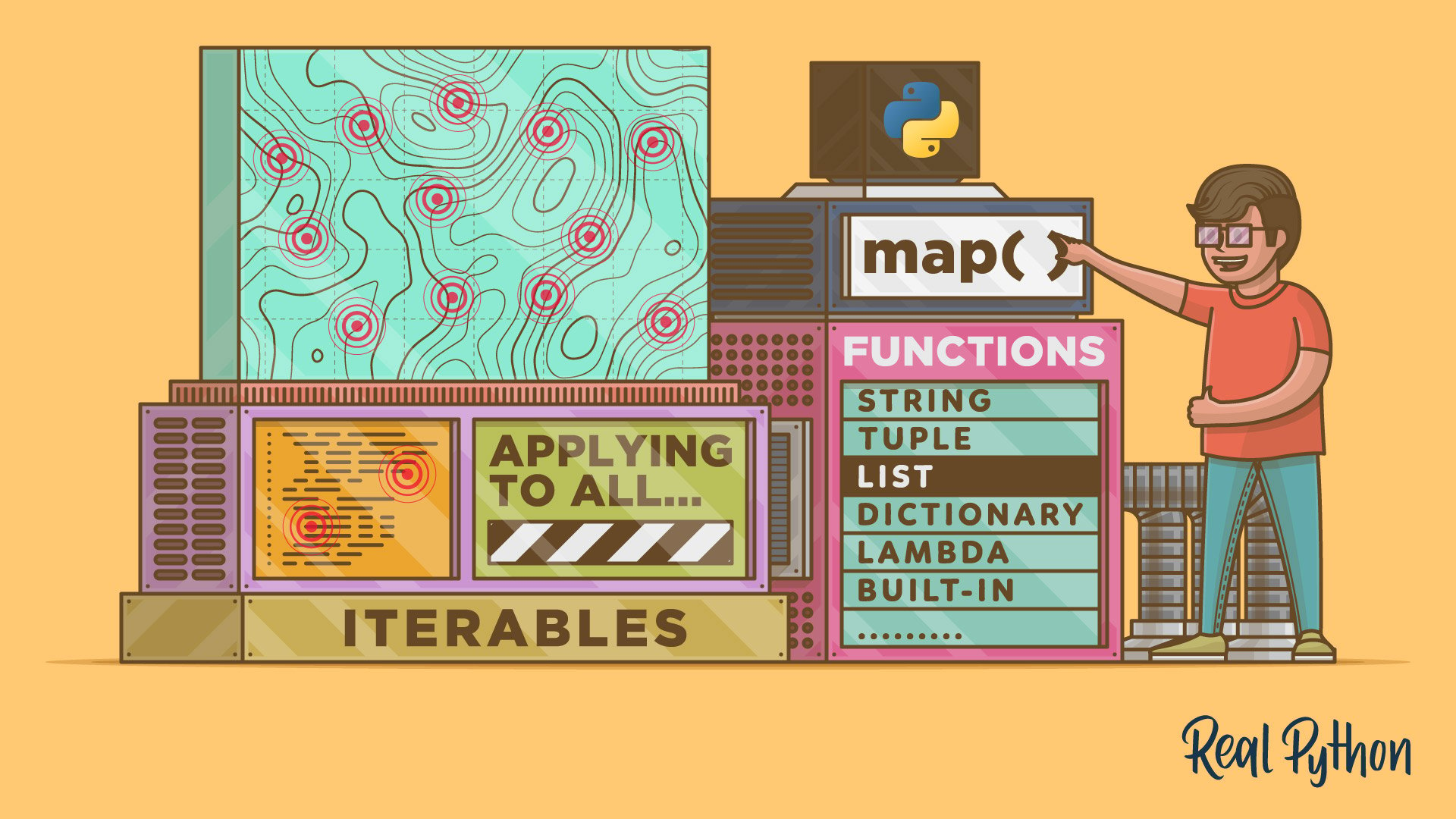Python’s map() is a built-in function that allows you to process and transform all the items in an iterable without using an explicit for loop, a technique commonly known as mapping. map() is useful when you need to apply a transformation function to each item in an iterable and transform them into a new iterable. map() is one of the tools that support a functional programming style in Python.
In this course, you’ll learn:
- How Python’s
map()works - How to transform different types of Python iterables using
map() - How to combine
map()with other functional tools to perform more complex transformations - What tools you can use to replace
map()and make your code more Pythonic
What’s Included:
- 9 Lessons
- Video Subtitles and Full Transcripts
- 2 Downloadable Resources
- Accompanying Text-Based Tutorial
- Q&A With Python Experts: Ask a Question
- Certificate of Completion
Downloadable Resources:
Related Learning Paths:














Shubha
Great Course, thank you!